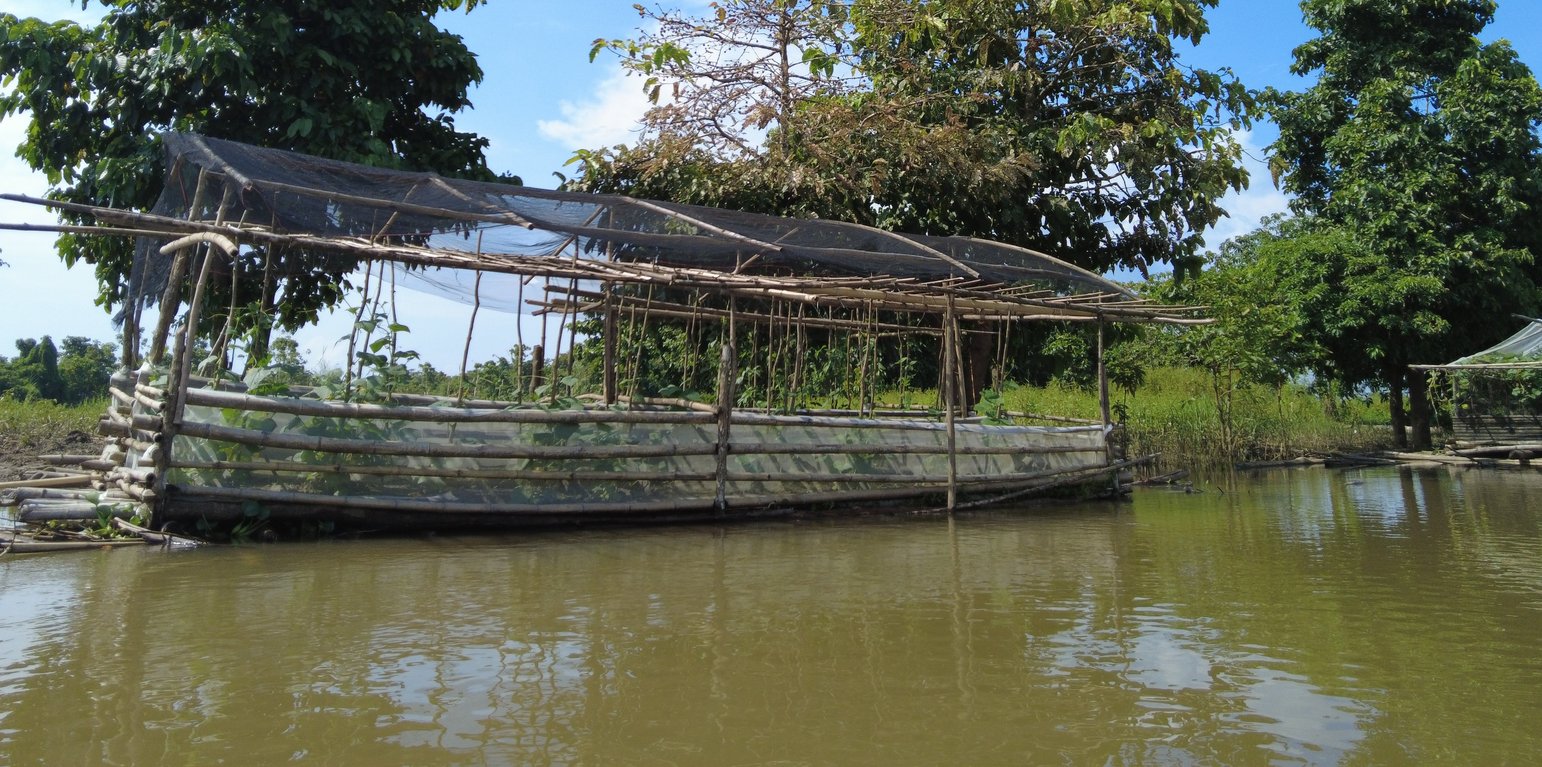



Agusan Marsh is considered one of the wetlands in the Philippines that experiences flooding all year round, and most areas are flooded, making it impossible to grow food for the communities living in the area. In order to address this issue, the construction of floating gardens were initiated by the Department of Agriculture CARAGA supported by various government agencies and Non Government Organizations (NGOs).
The floating garden technology and initiative, developed by the Foundation for the Development of Agusanons, Inc. (FDAI), was enhanced by the Department of Agriculture CARAGA and carried out by the Agricultural Program Coordinating Office (APCO) with the aim of establishing a sustainable agricultural system that promotes biodiversity and resilient farming practices. By using decomposed water hyacinth as a medium for growing crops, the technology helps mitigate its negative effects and transforms it into a valuable resource. Water hyacinths have a variety of negative impacts such as clogging waterways hampering boating and fishing, reducing local aquatic biodiversity and obstructing river flows which can aggravate flooding. The technlogy is being adopted by the Adaptation and Mitigation Initiative in Agriculture (AMIA) as a mitigation strategy against the impacts of climate change, enabling communities to better manage and adapt to climate-related risks. It also provides means for communities in flood-prone or coastal areas to engage in sustainable agri-fishery activities, ensuring food security and enhancing biodiversity and ecosystem health.
The components of the floating garden include a floater, a base (batangan), flooring (salug), growing substrate composed of layers of water hyacinth and layers of soil. Thewater hyacinths are collected from the river, chopped, and then mixed with the soil for composting before being used as a growing substrate in the floating garden. It is applied in layers as follows: composted hyacinth/soil mix, soil, composted hyacinth/ soil mix, and soil. The use of water hyacinth as substrate for the compost addresses the community’s concern about its proliferation, which causes obstruction in rivers, resulting in the destruction of boats and houses.
The standard dimension of a floating garden is 8 meters (length) by 4 meters (width), but this could be increased depending on the needs and financial capacity of the landusers. Crops planted are high-value vegetables such as pechay (pak choi), string beans, bitter gourd, tomato, bell pepper, cucumber, and eggplant, which were provided by the Department of Agriculture.
The FDAI played a pivotal role in project implementation, overseeing the construction of floating gardens and the provision of supplemental seedlings. The Binus-Ugan Farmers Association (BFA), as the recipient of the project, received 50 units of floating gardens through the Department of Agriculture's Adaptation and Mitigation Initiative in Agriculture (AMIA) Program.
Floating gardens were instrumental to the community in growing crops as their source of food and nutrients during the COVID-19 pandemic, where movement from barangay to barangay was restricted. A barangay is the smallest administrative division in the Philippines. The floating gardens became a source of income as the excess produce was sold to neighbors. The floating garden initiative did not only enhance economic conditions but also attracted local avian species, locally referred to as "pari-pari." Furthermore, it strengthened women's involvement in the community, particularly through their active participation in maintaining the gardens.
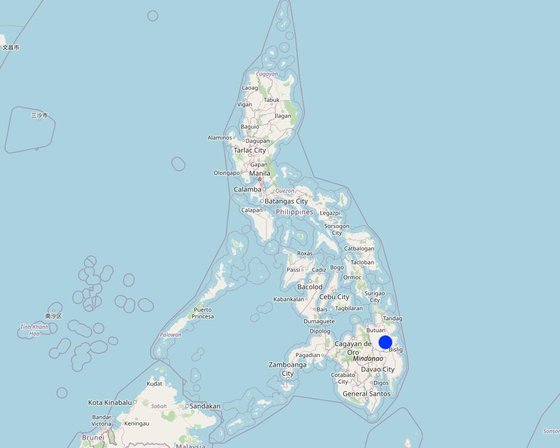
Местоположение: Talacogon municipality, Province of Agusan Del Sur, Филиппины
Число исследованных участков, где применяется Технология: отдельный участок
Пространственное распространение Технологии: примененяется точечно/ на небольших участках
На постоянно охраняемой территории?: Нет
Продолжительность применения Технологии: 2022; менее 10 лет назад (недавняя)
Тип внедрения/ применения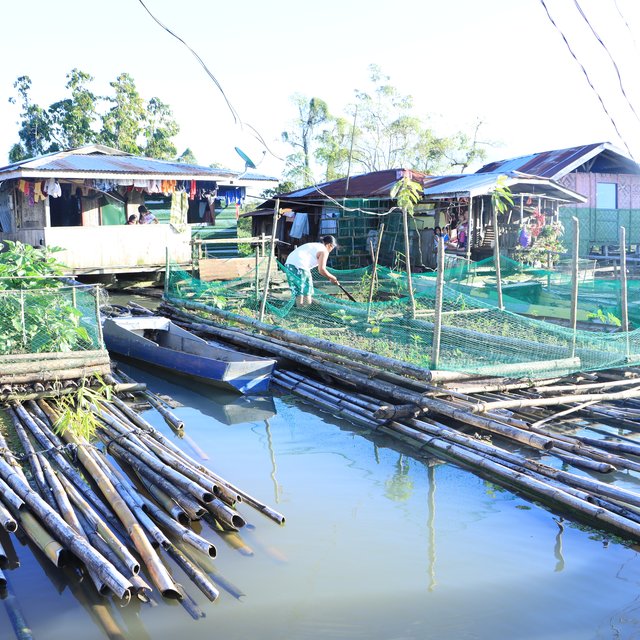
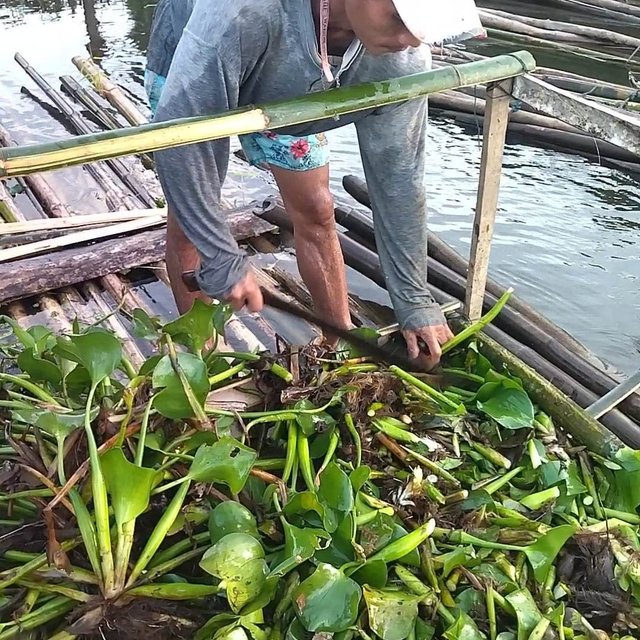
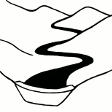



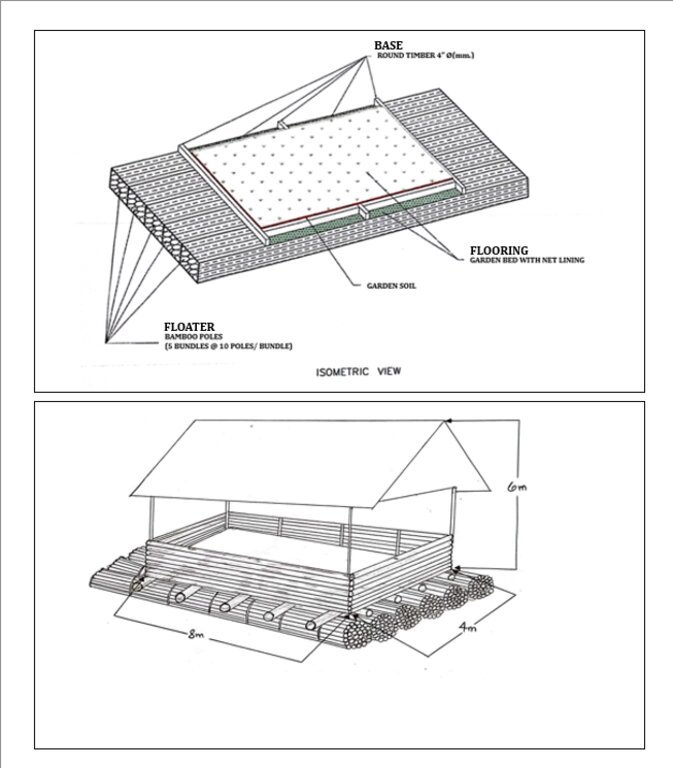
| Опишите затраты | Единица | Количество | Затраты на единицу (Pesos) | Общая стоимость на единицу (Pesos) | % затрат, оплаченных землепользователями |
| Оплата труда | |||||
| Construction of the floating garden | person/day | 16,0 | 350,0 | 5600,0 | 100,0 |
| Collection and composting of water hyacinth | person/day | 1,0 | 350,0 | 350,0 | 100,0 |
| Посадочный материал | |||||
| vegetable seeds | cans | 3,0 | 1500,0 | 4500,0 | |
| Строительные материалы | |||||
| bamboo as floater | pieces | 200,0 | 40,0 | 8000,0 | |
| wood for crossbeam | pieces | 4,0 | 200,0 | 800,0 | |
| bamboo for floor joist | pieces | 10,0 | 30,0 | 300,0 | |
| nails | kilos | 2,0 | 80,0 | 160,0 | |
| wood as sidings | board feet (bd.ft) | 4,0 | 20,0 | 80,0 | |
| bamboo as pole | pieces | 6,0 | 50,0 | 300,0 | |
| rope | pieces | 16,0 | 25,0 | 400,0 | |
| carabao rope for anchoring the garden | meters | 20,0 | 28,0 | 560,0 | |
| Другие | |||||
| UV plastic roofing | roll (12m x 5m) | 1,0 | 6000,0 | 6000,0 | 100,0 |
| Общая стоимость запуска Технологии | 27'050.0 | ||||
| Общие затраты на создание Технологии в долларах США | 491.82 | ||||
| Опишите затраты | Единица | Количество | Затраты на единицу (Pesos) | Общая стоимость на единицу (Pesos) | % затрат, оплаченных землепользователями |
| Оплата труда | |||||
| Maintenance of the floater | person/day | 3,0 | 350,0 | 1050,0 | 100,0 |
| Planting of vegetable seeds | person/day | 1,0 | 350,0 | 350,0 | 100,0 |
| Fertilizer application | person/day | 1,0 | 350,0 | 350,0 | 100,0 |
| Organic Spray application | person/day | 1,0 | 350,0 | 350,0 | 100,0 |
| Посадочный материал | |||||
| seeds | cans | 3,0 | 1500,0 | 4500,0 | 50,0 |
| Удобрения и ядохимикаты | |||||
| Organic Fertilizer | bag | 2,0 | 500,0 | 1000,0 | 100,0 |
| Organic spray | liter | 4,0 | 250,0 | 1000,0 | 100,0 |
| Строительные материалы | |||||
| bamboo | pieces | 200,0 | 40,0 | 8000,0 | 100,0 |
| Общая стоимость поддержания Технологии | 16'600.0 | ||||
| Общие затраты на поддержание Технологии в долларах США | 301.82 | ||||
There is an increase in production since floating garden made it possible for the landusers to grow crops in the absence of productive land for cultivation
The landusers planted other vegetables which were given by the Department of Agriculture.
The production area increased since they could also produce using the floating garden.
The landuser will not only rely on fishing as source of income but also on vegetable production
The community does not need to go to the mainland or to the town market to buy vegetables since they could grow their own produce.
Women's involvement in the community, particularly through their active participation in maintaining the gardens
Trainings were conducted by the Department of Agriculture on Sustainable Land Management (SLM) and vegetable production
The floating garden provided income to the indigenous people living in the area
Attracted local bird species, locally referred to as "pari-pari."
Utilized water hyacinth which is considered as an invasive aquatic weed
The establishment of the floating gardens reduced the invasive population of the water hyacinth in the Agusan Marsh.